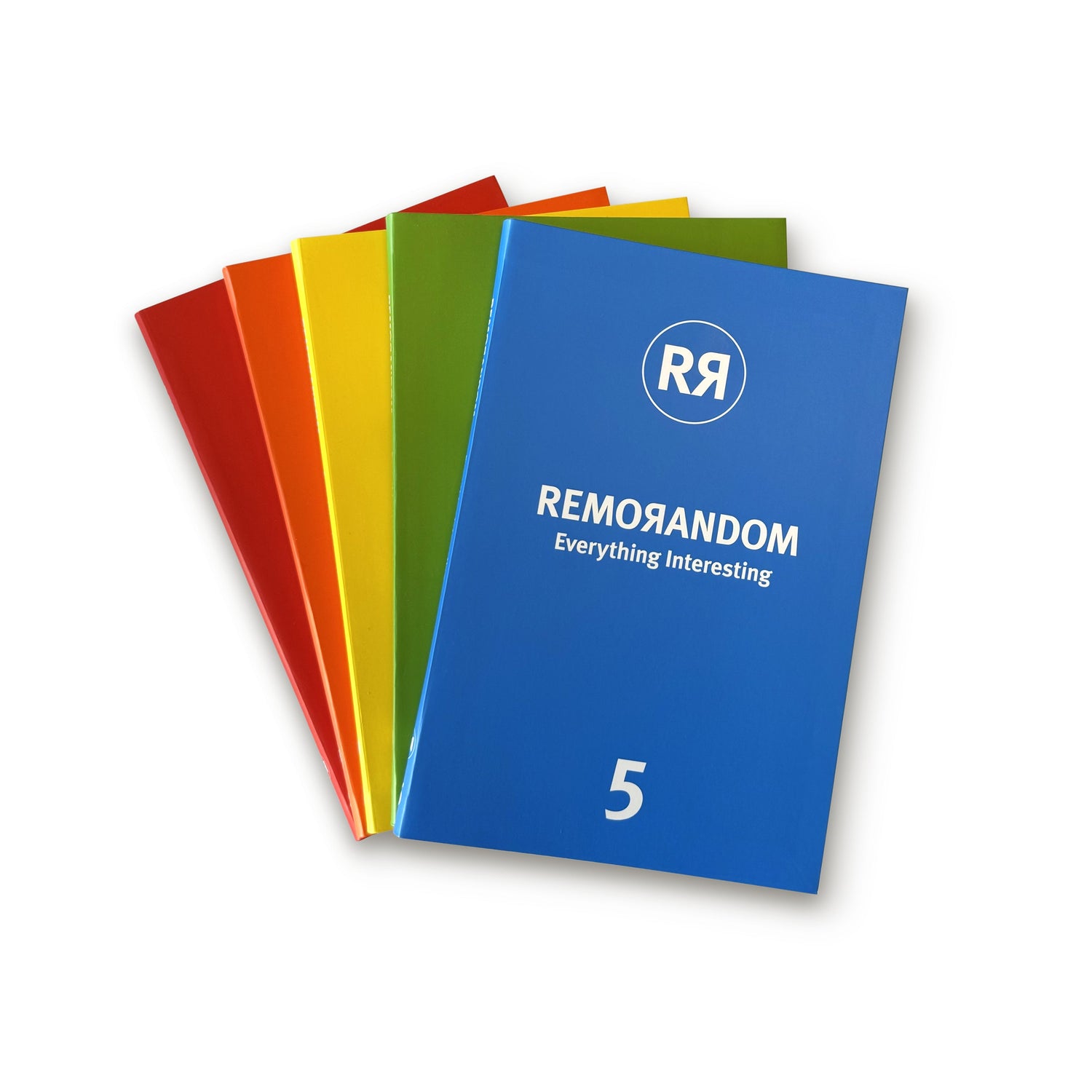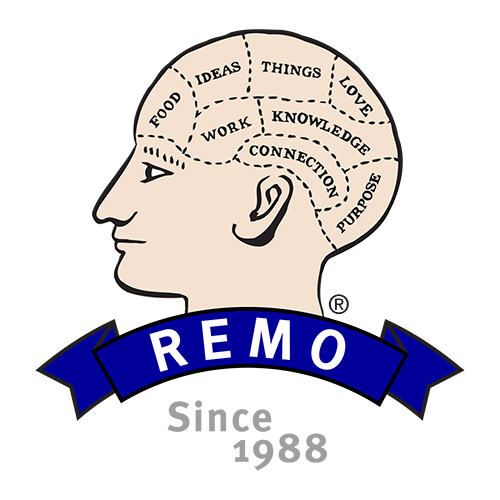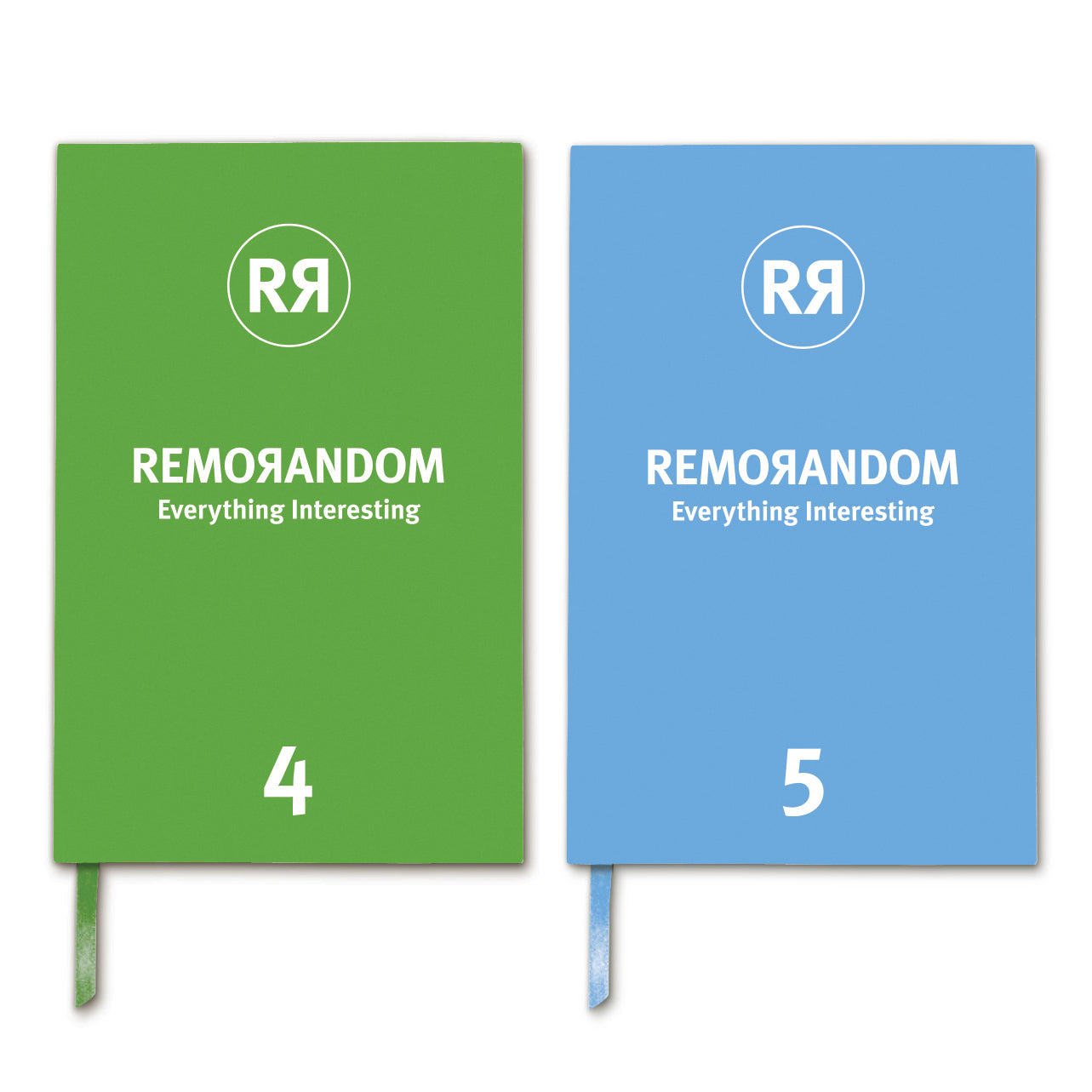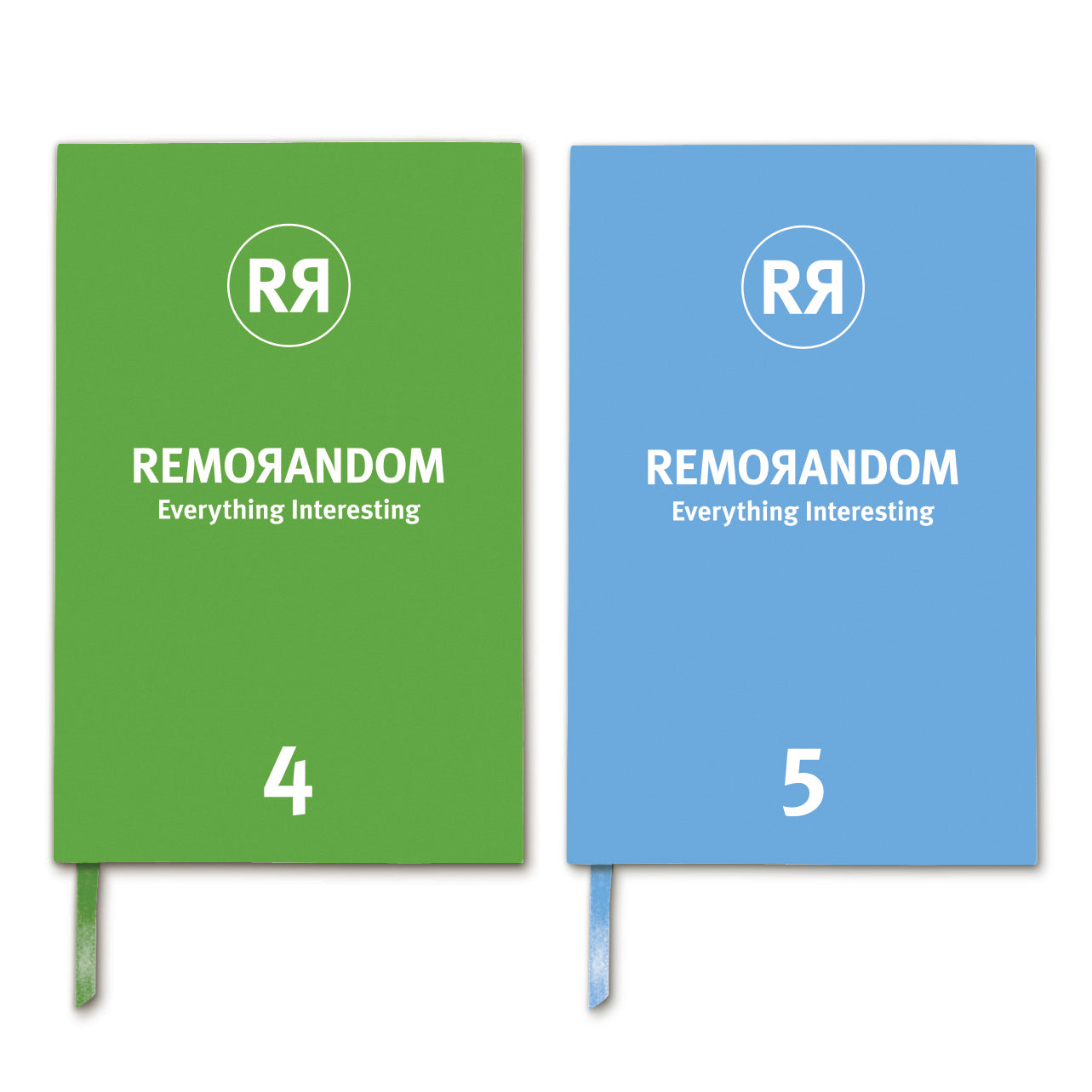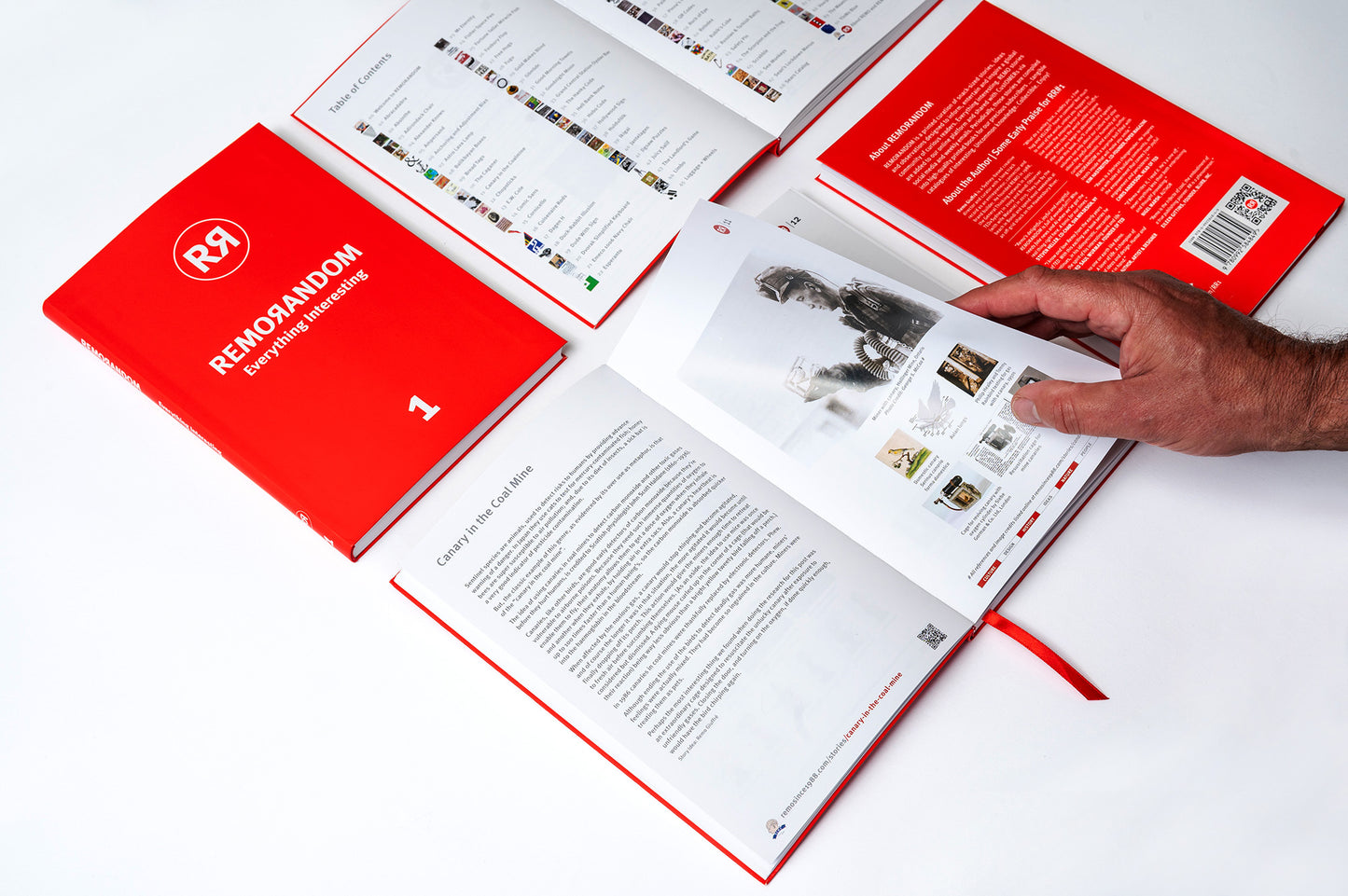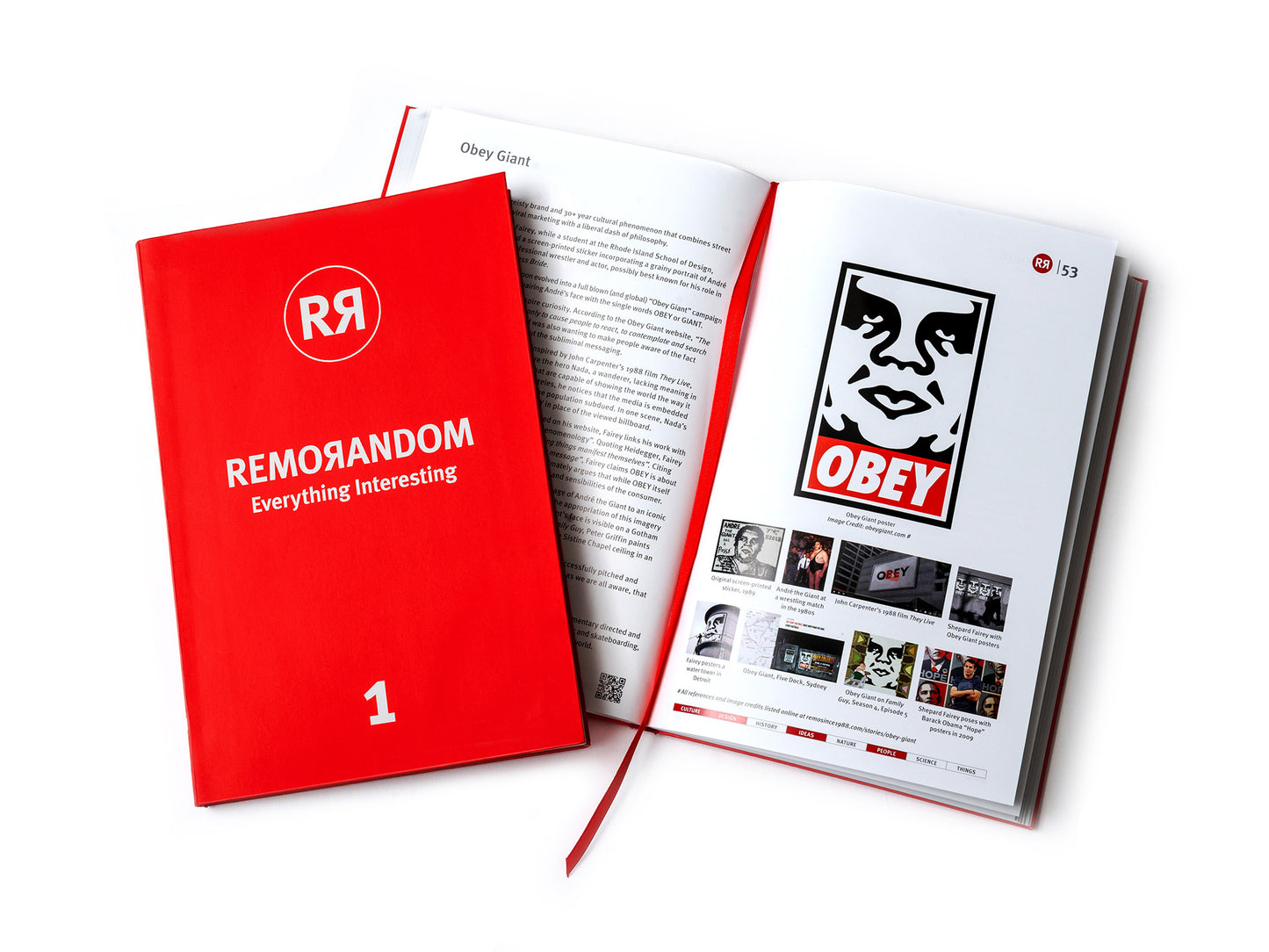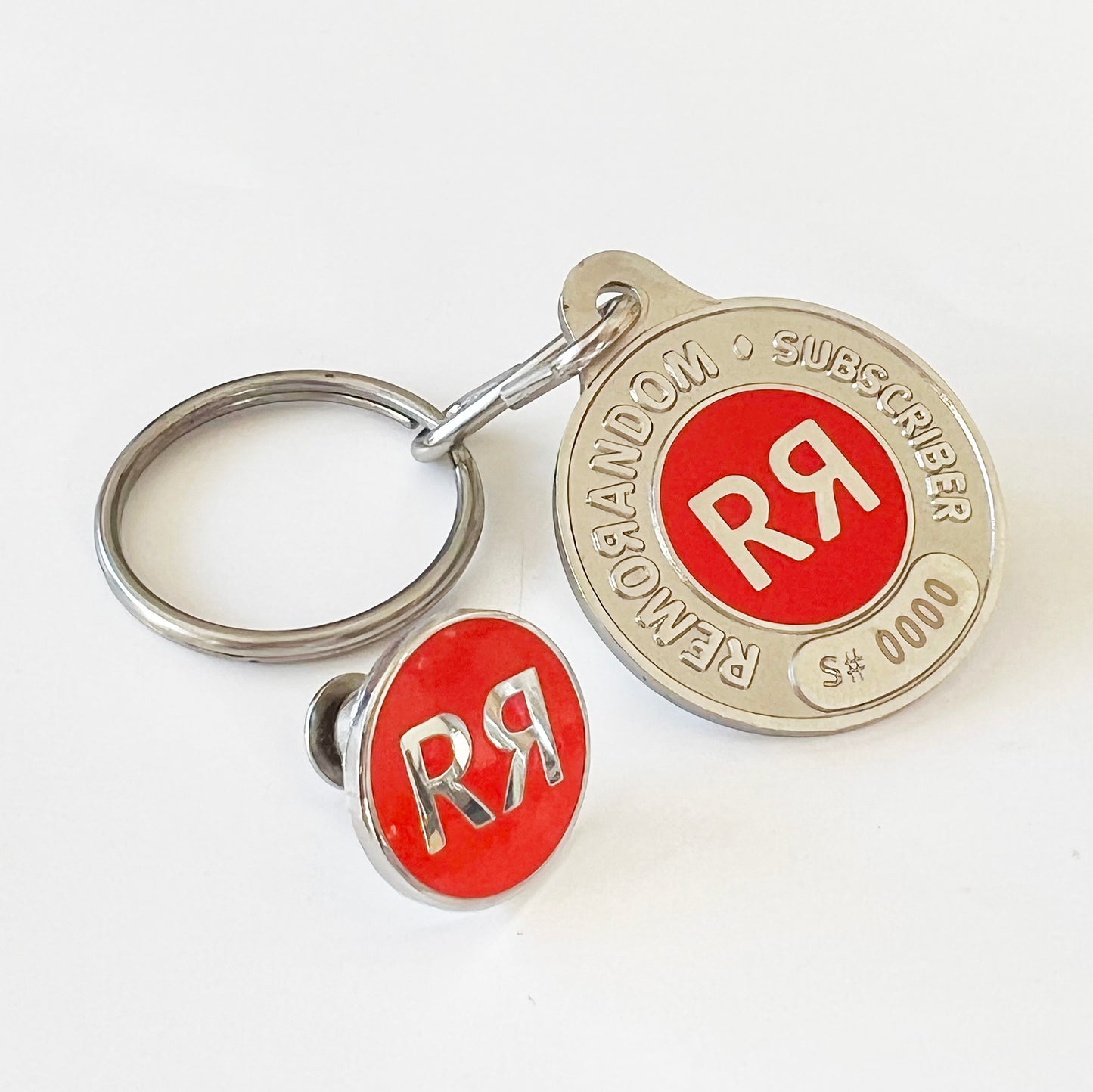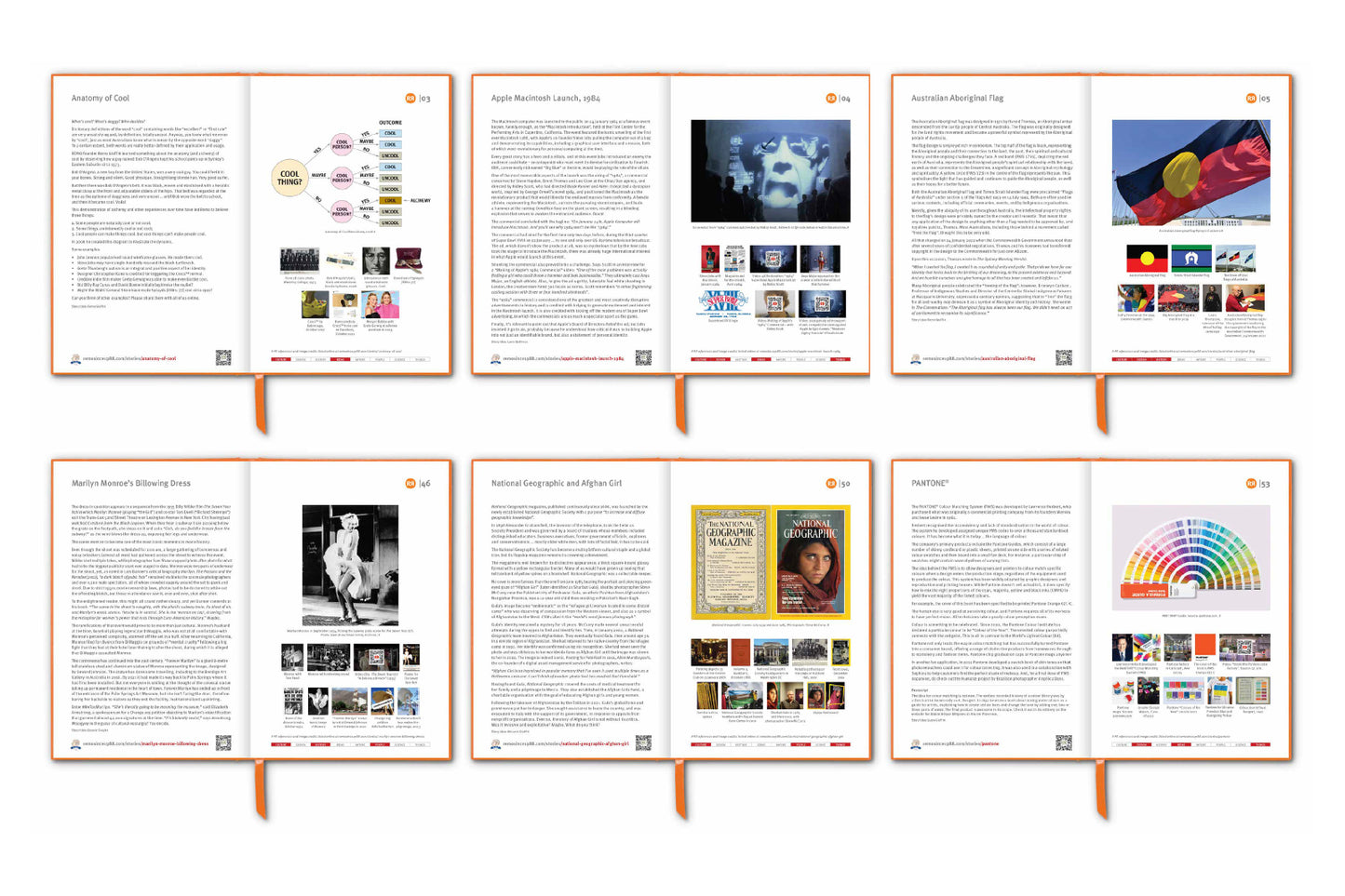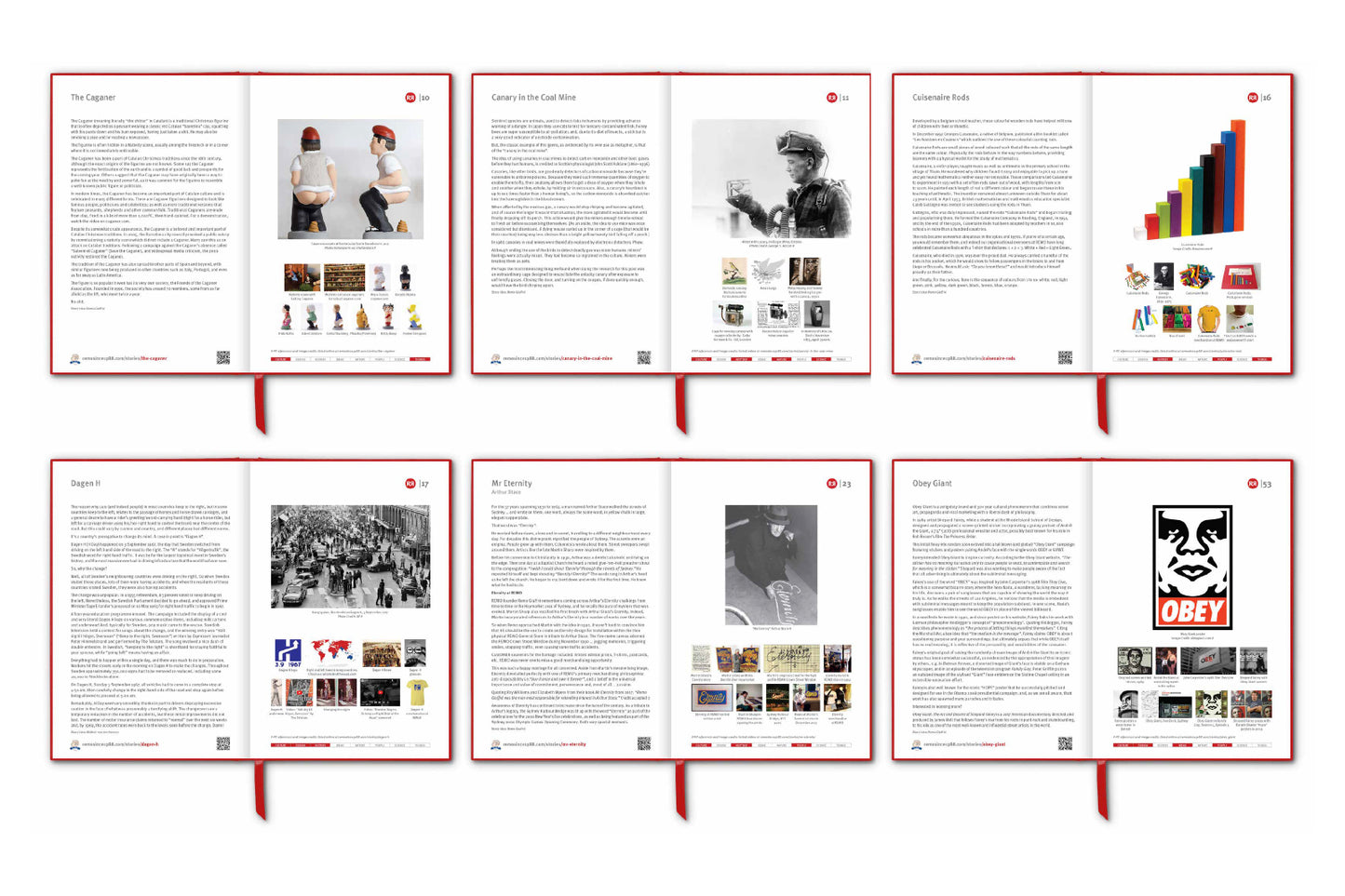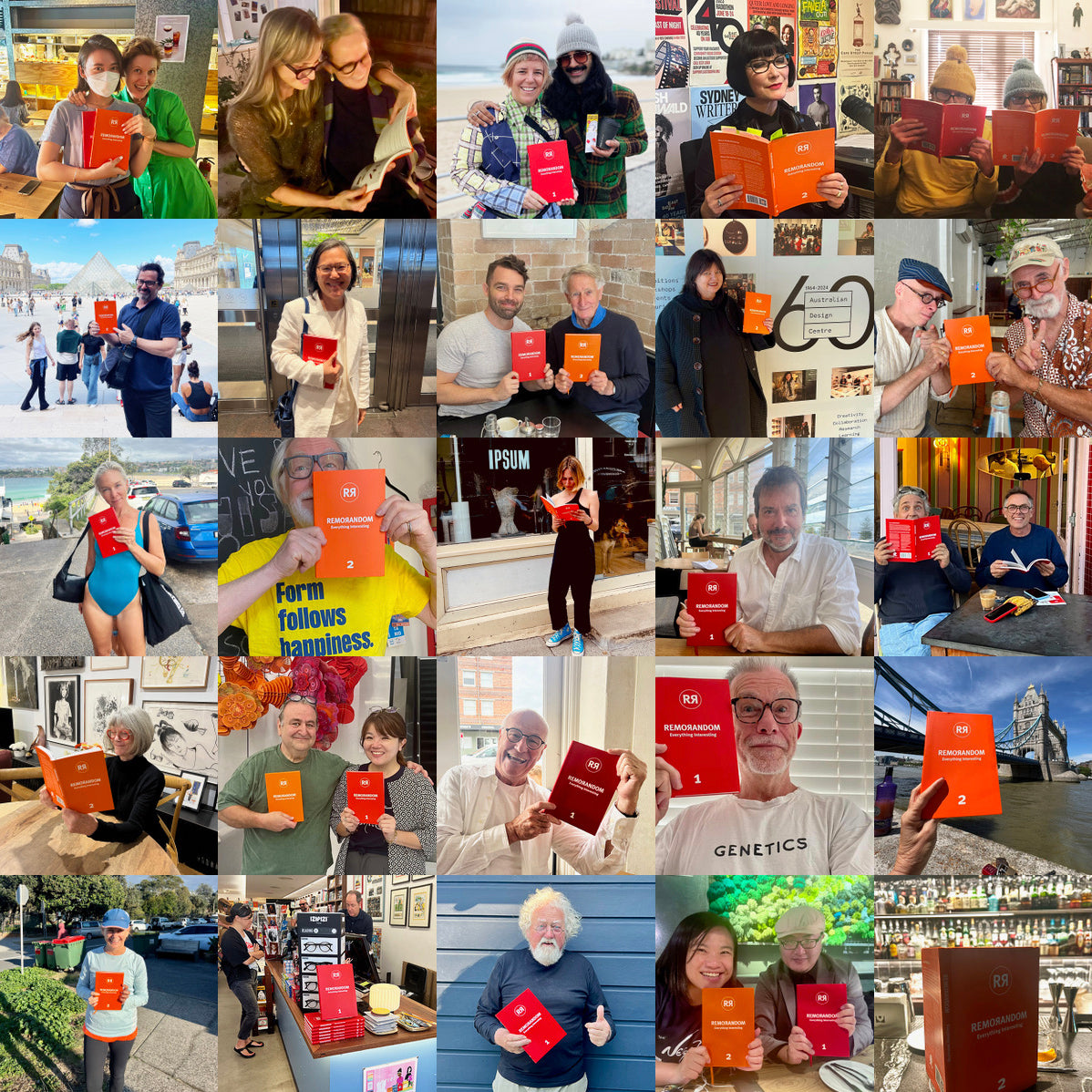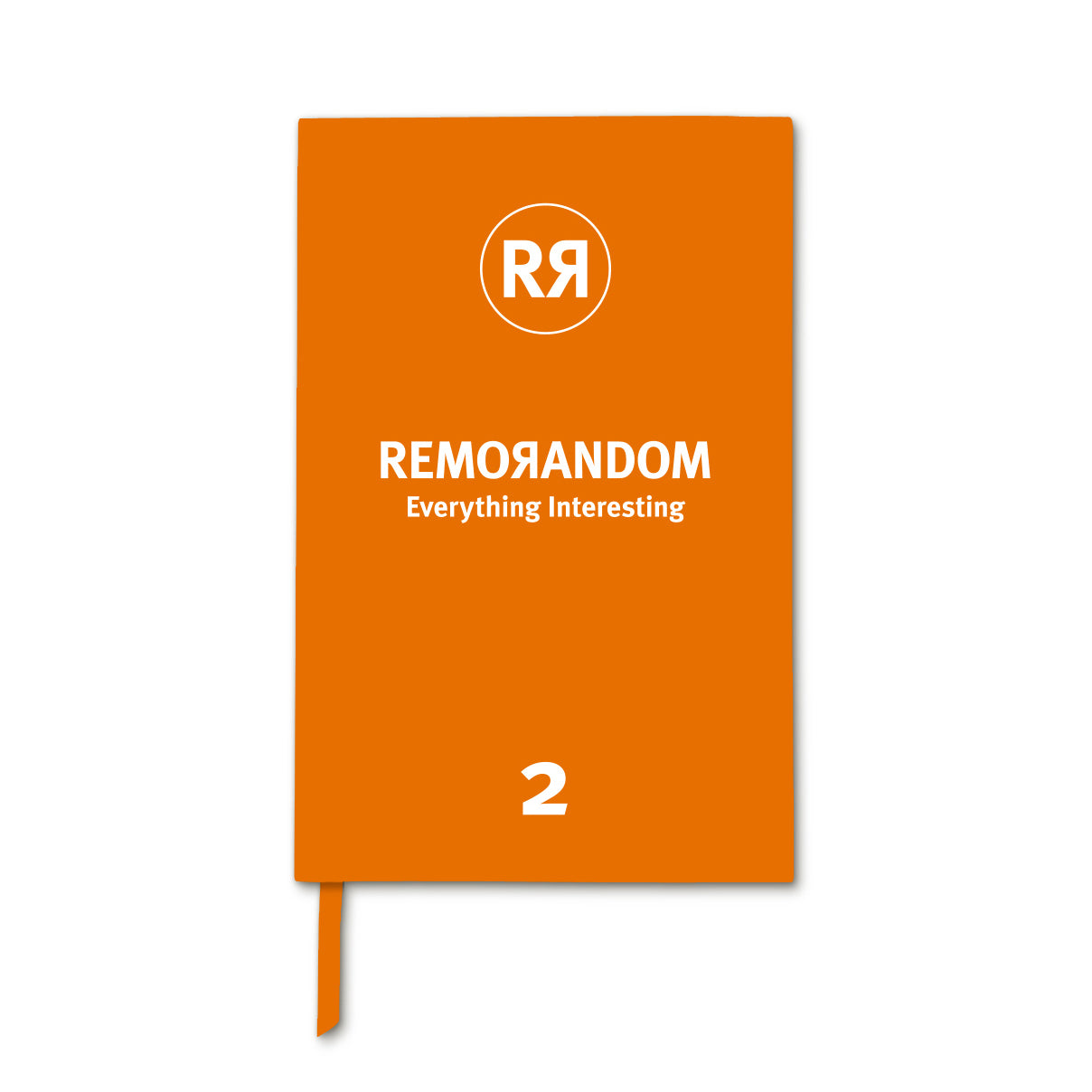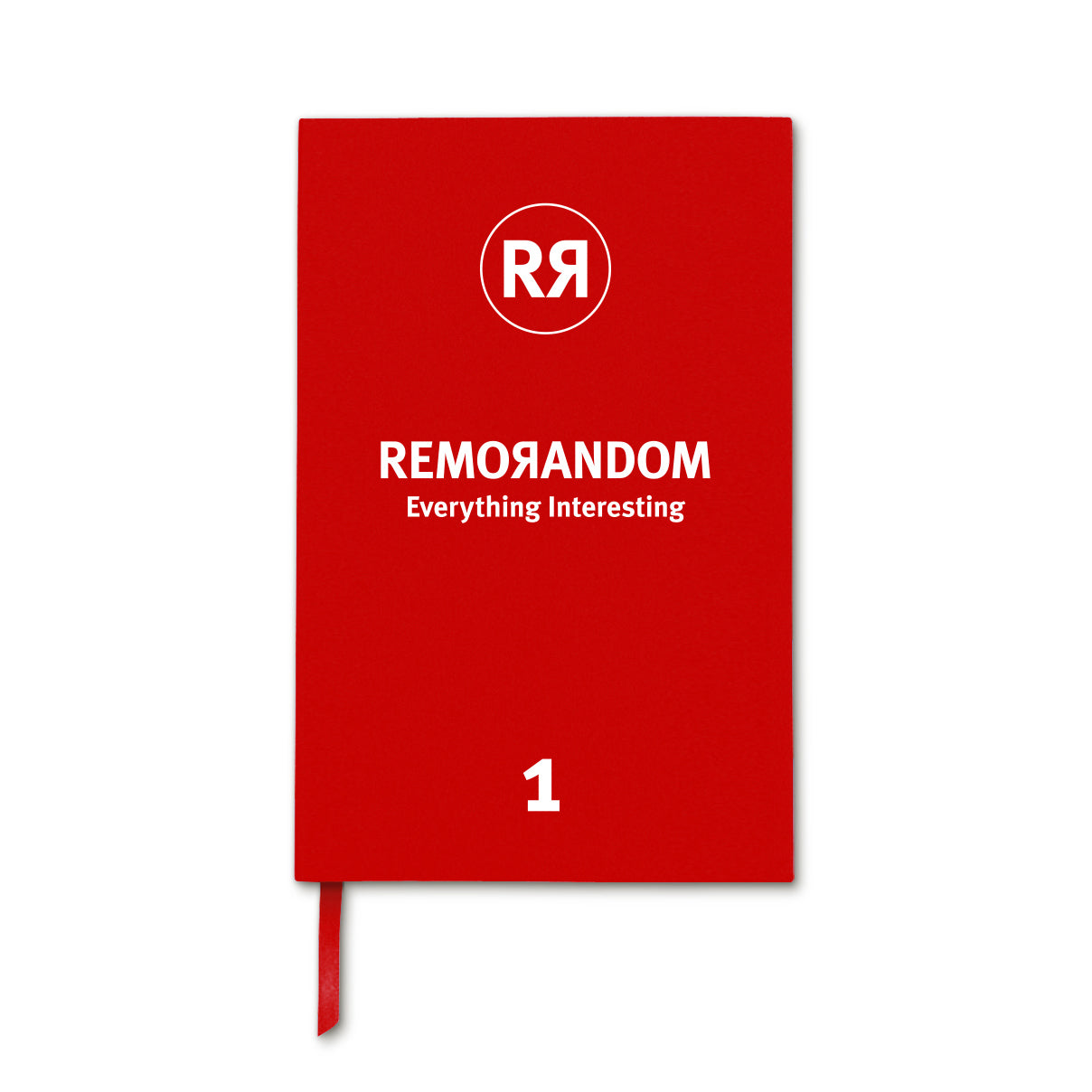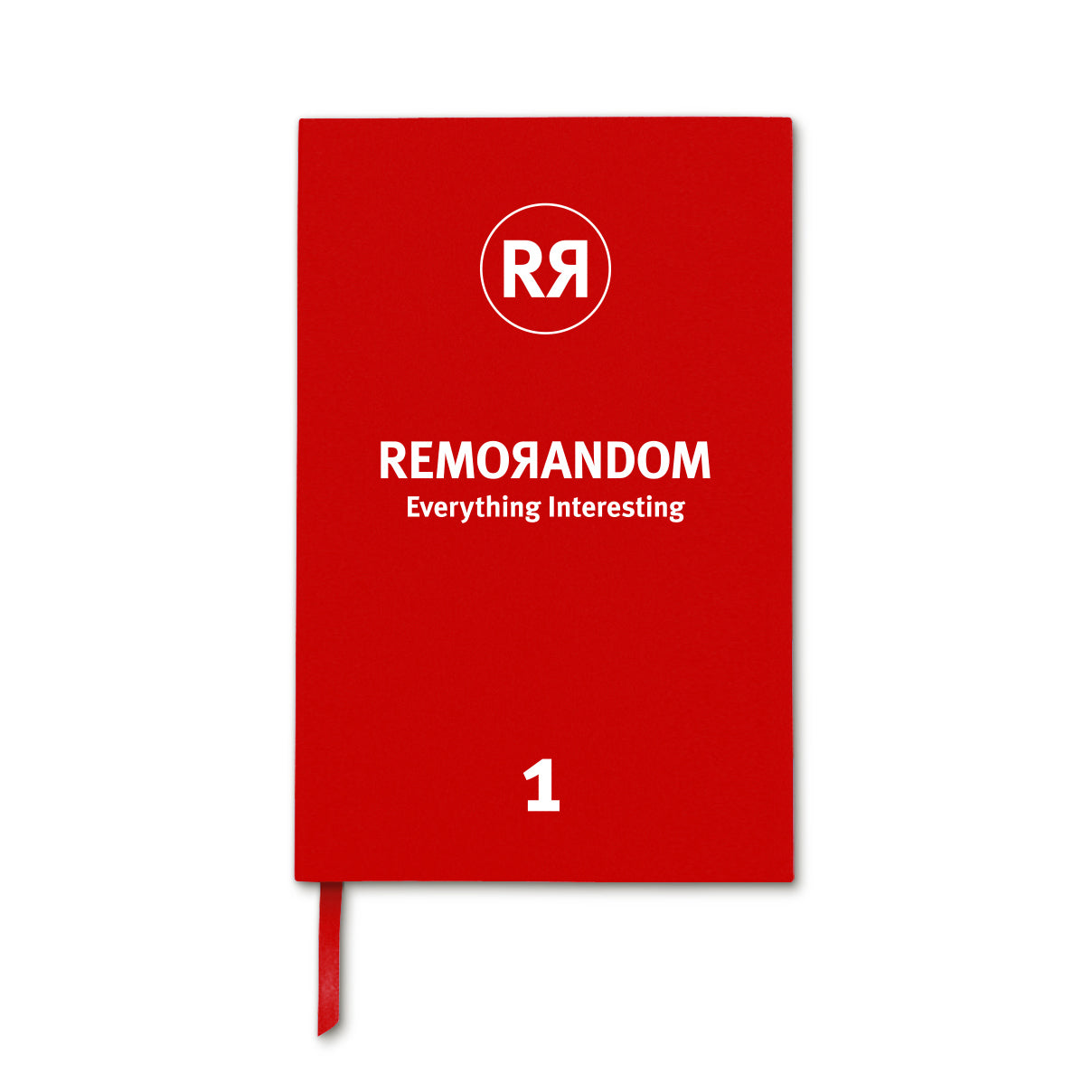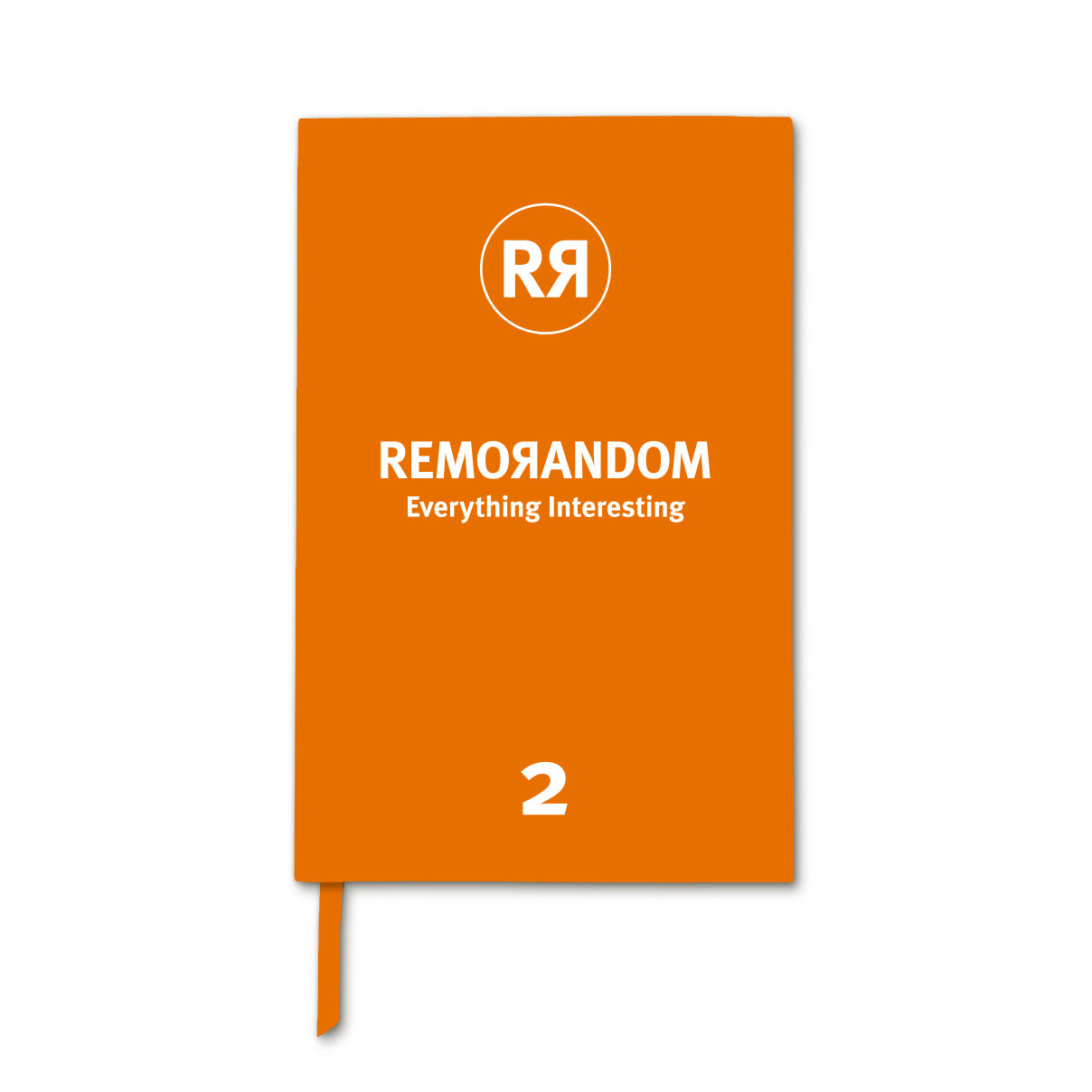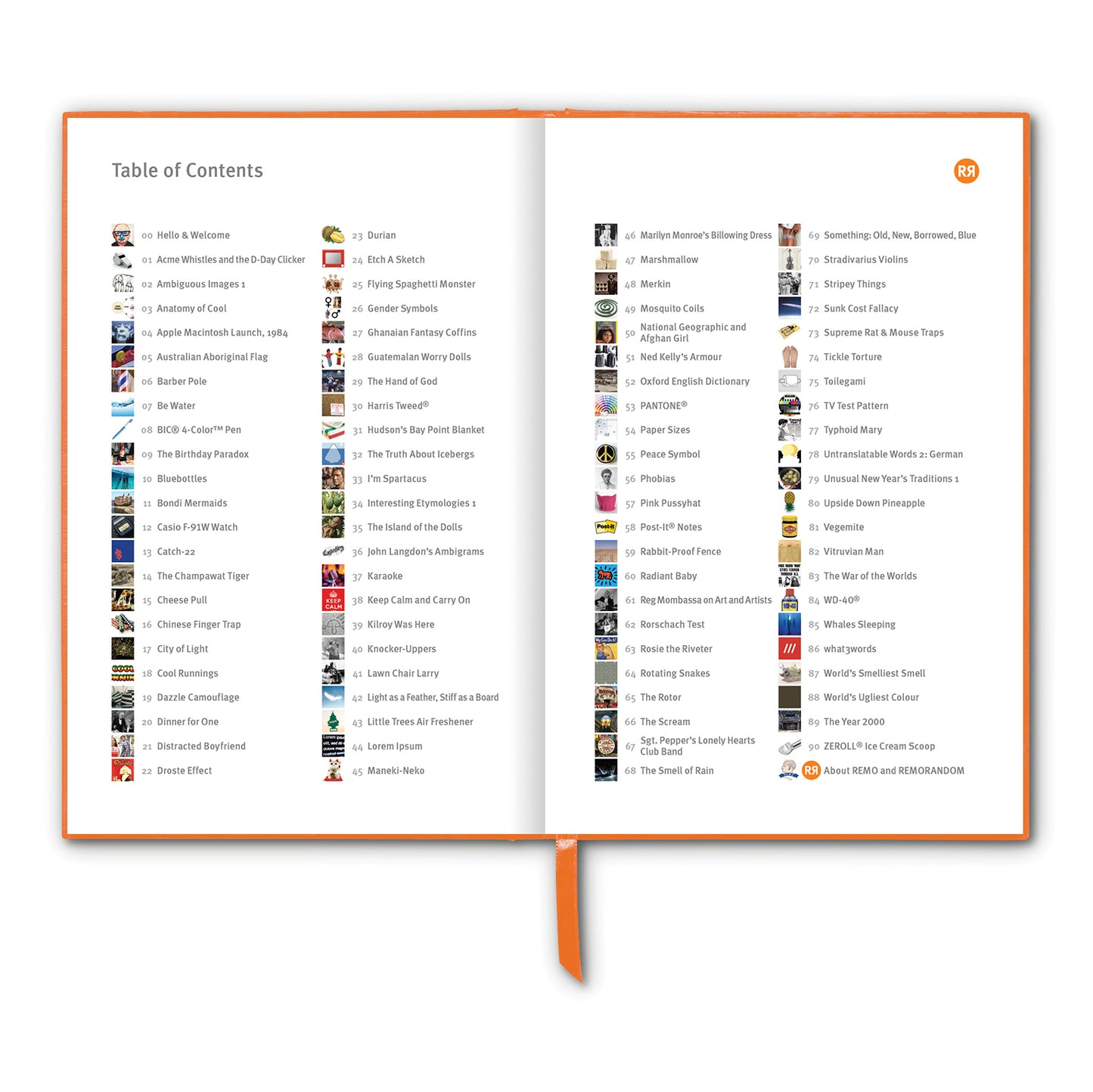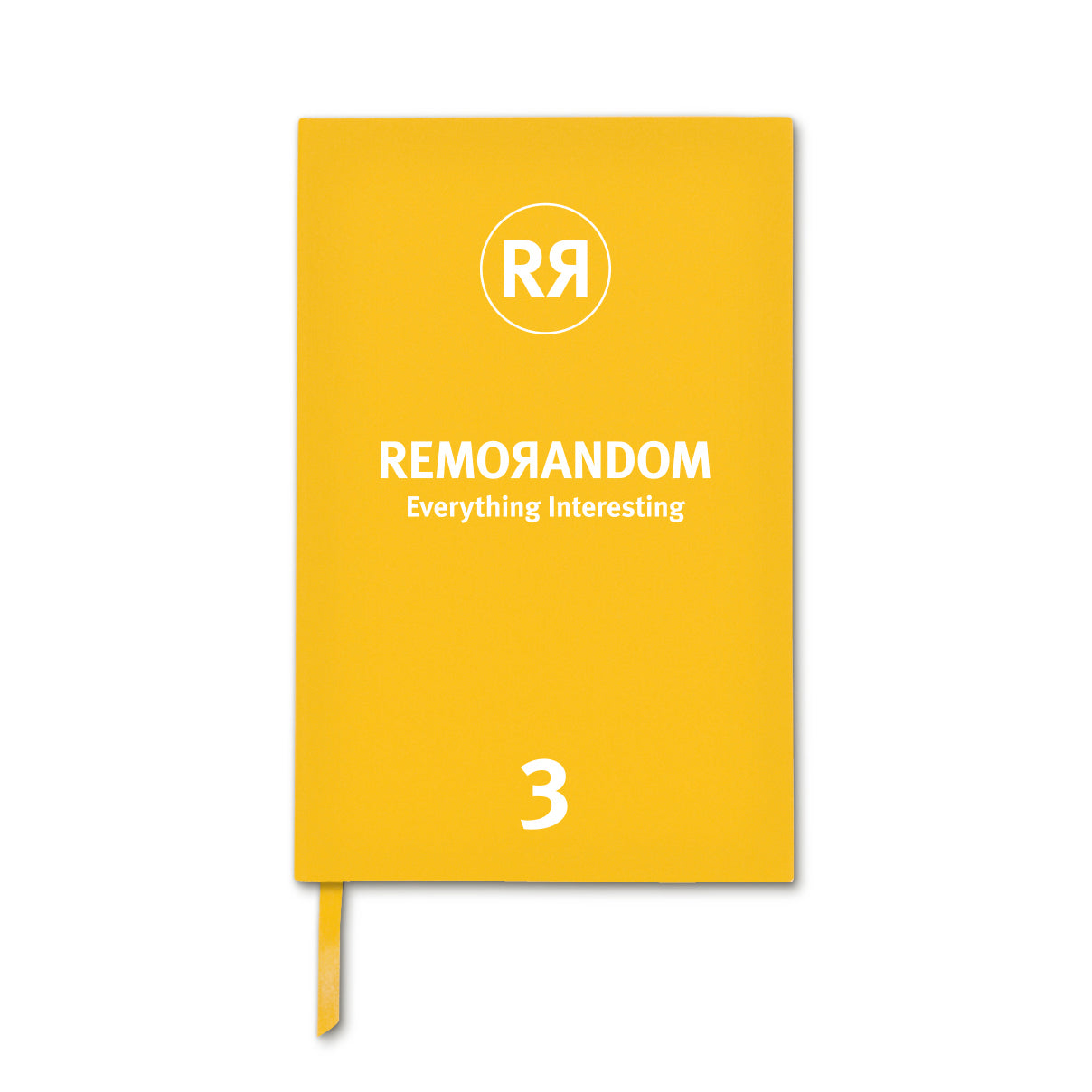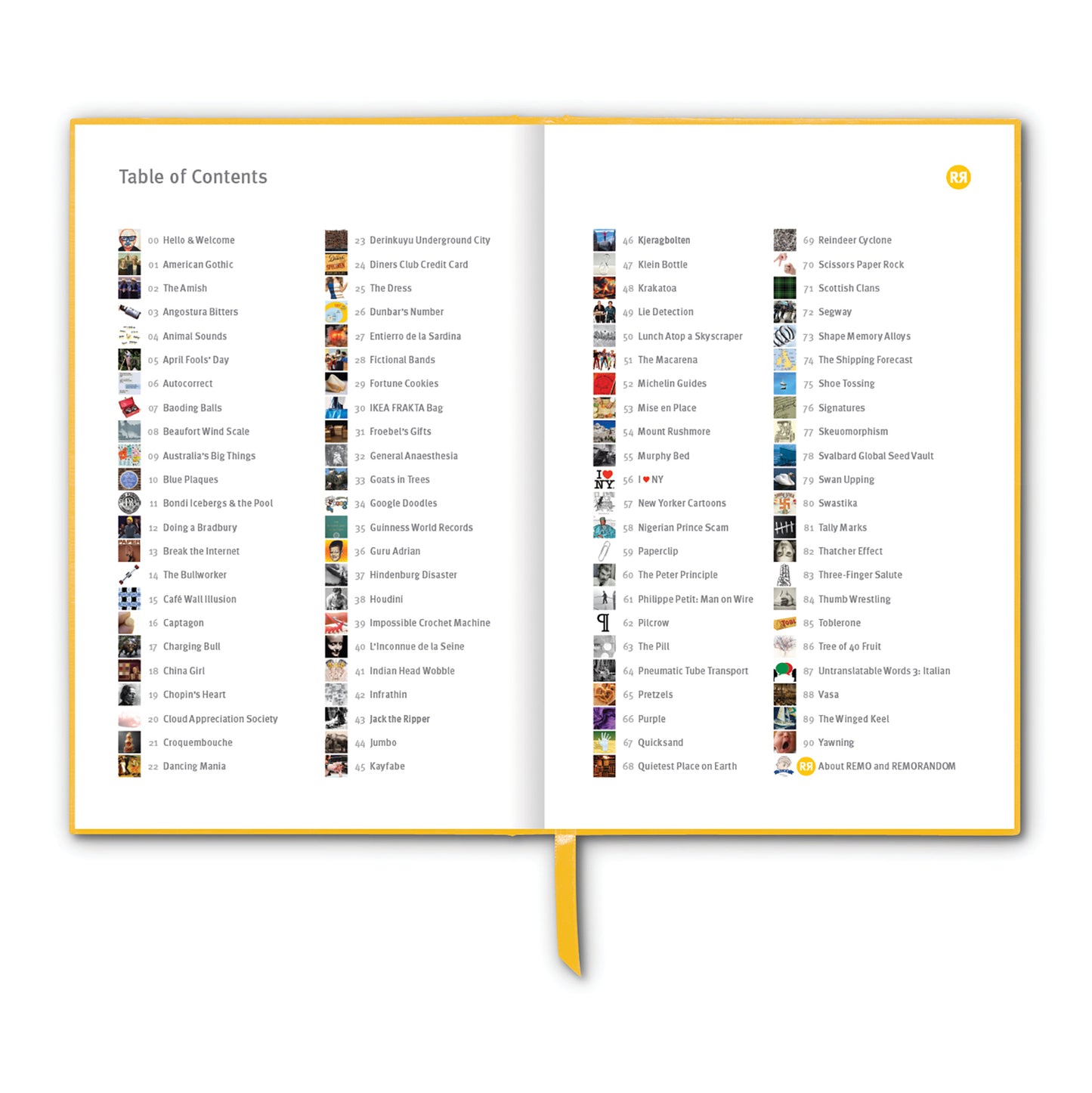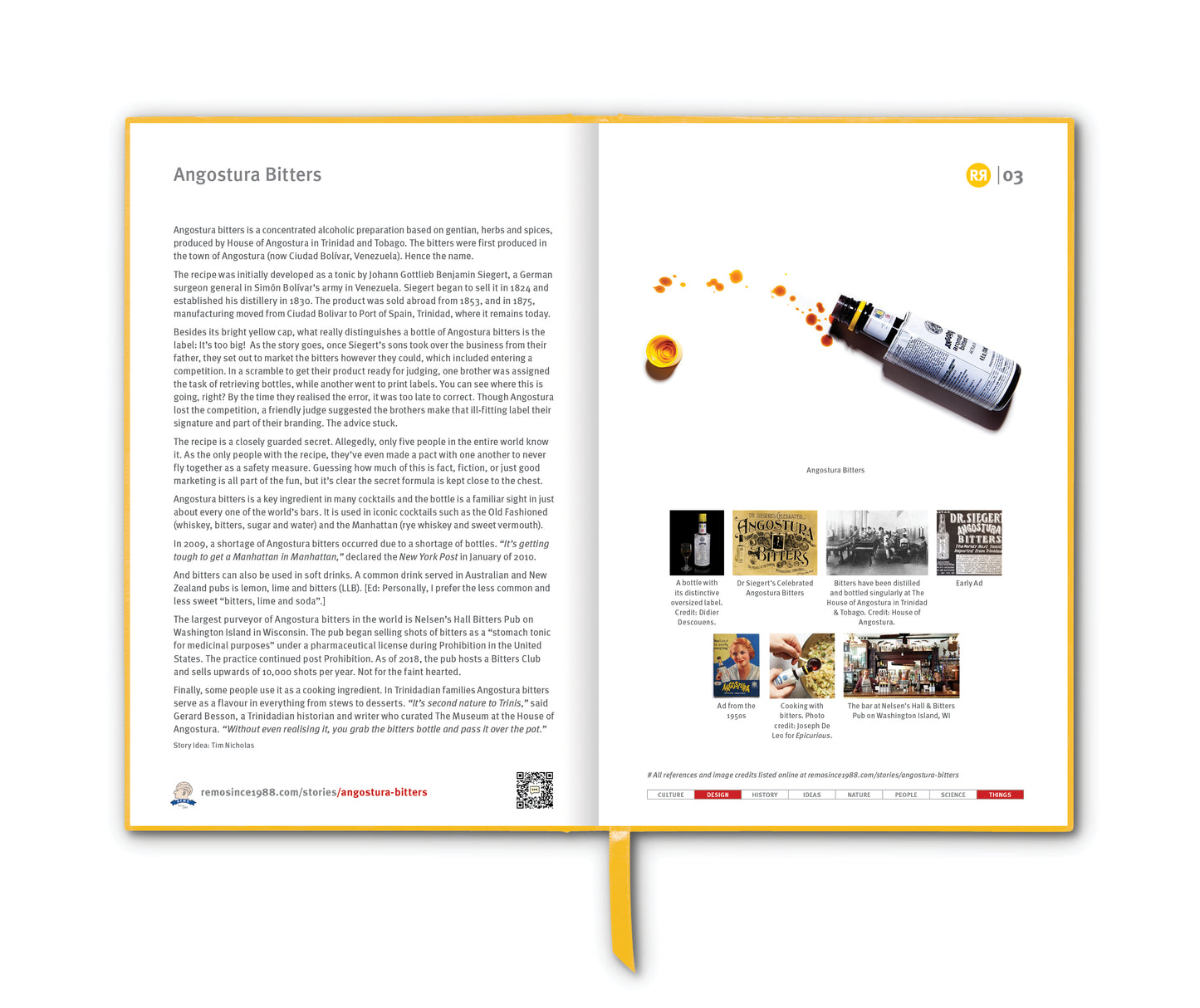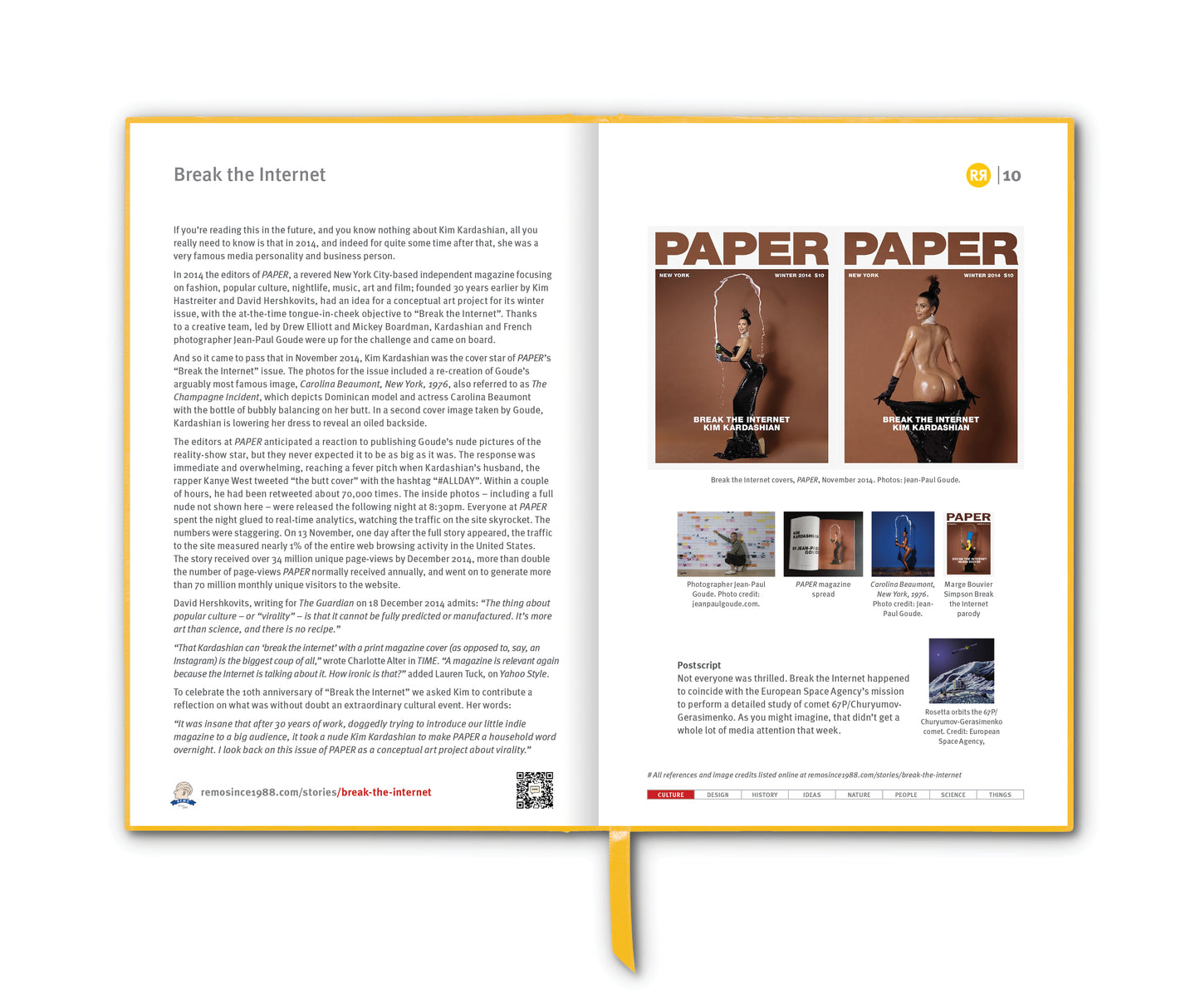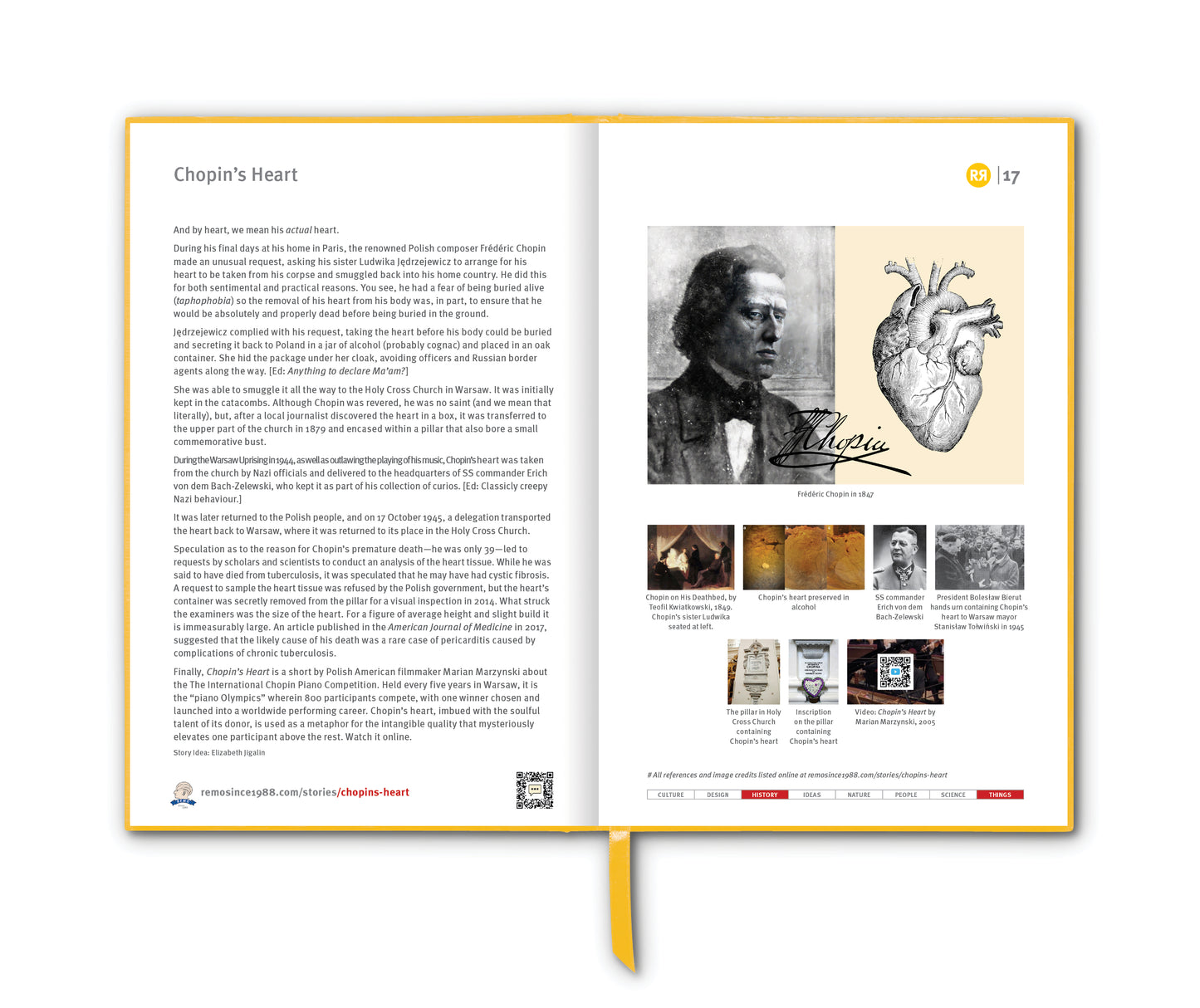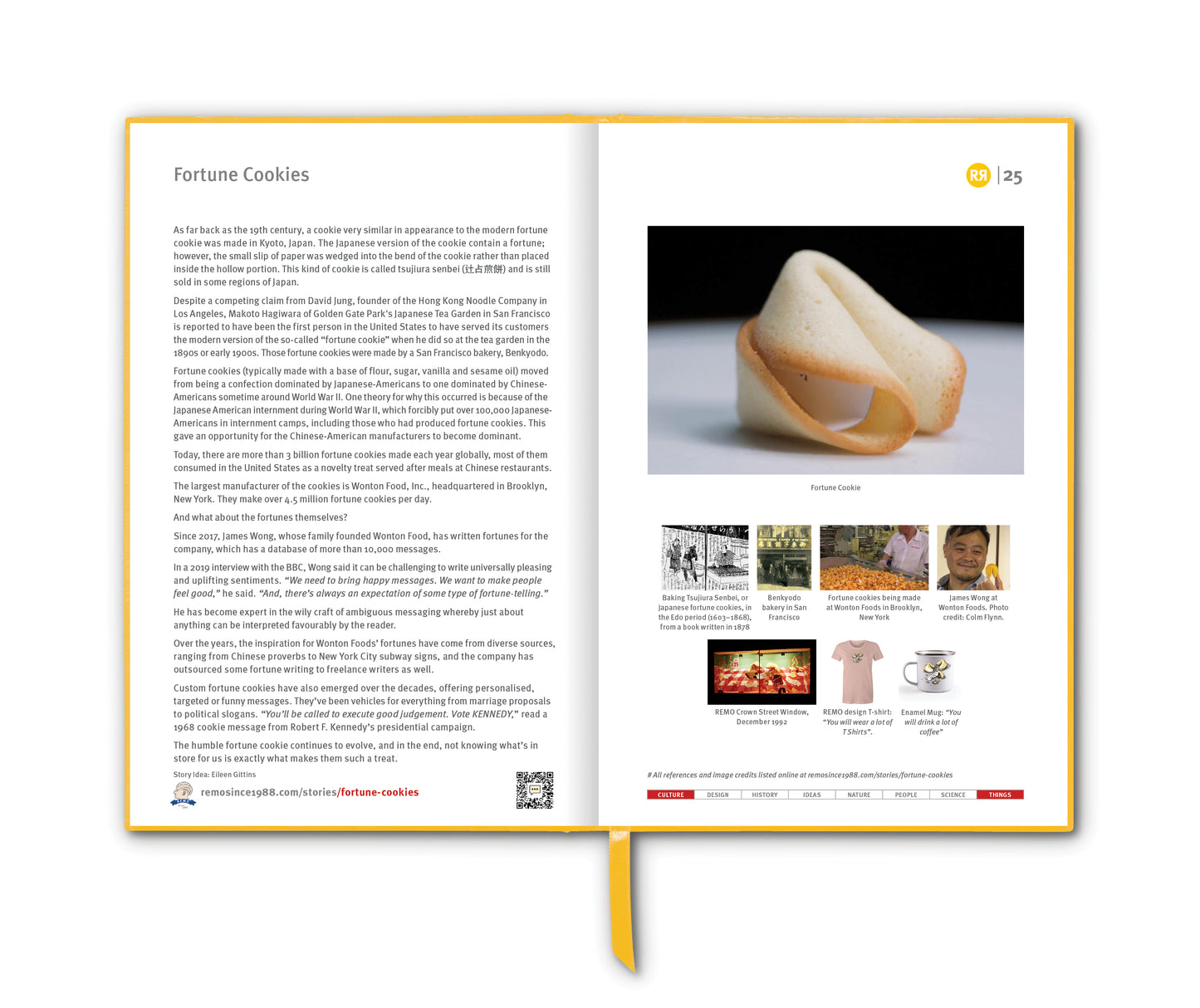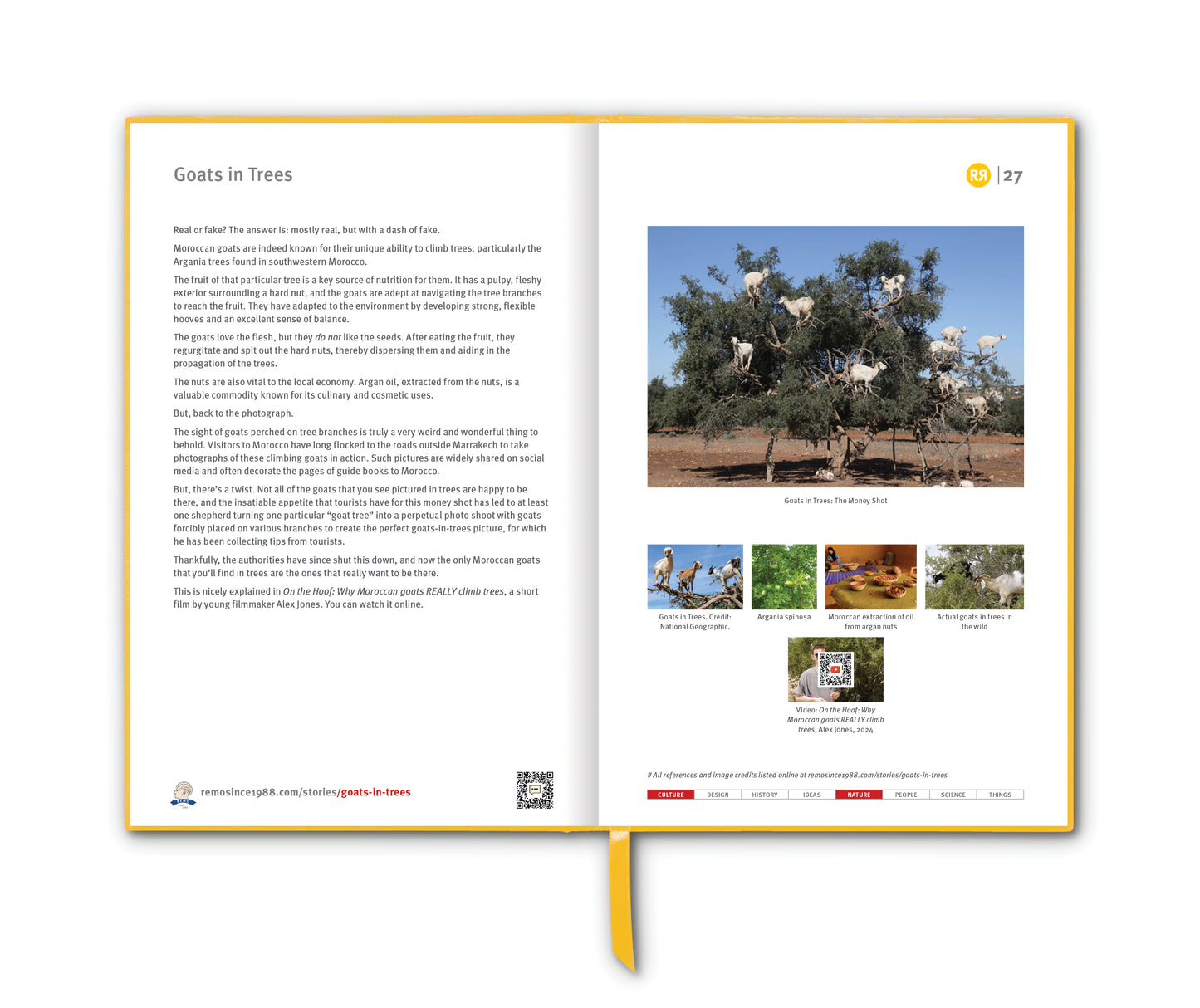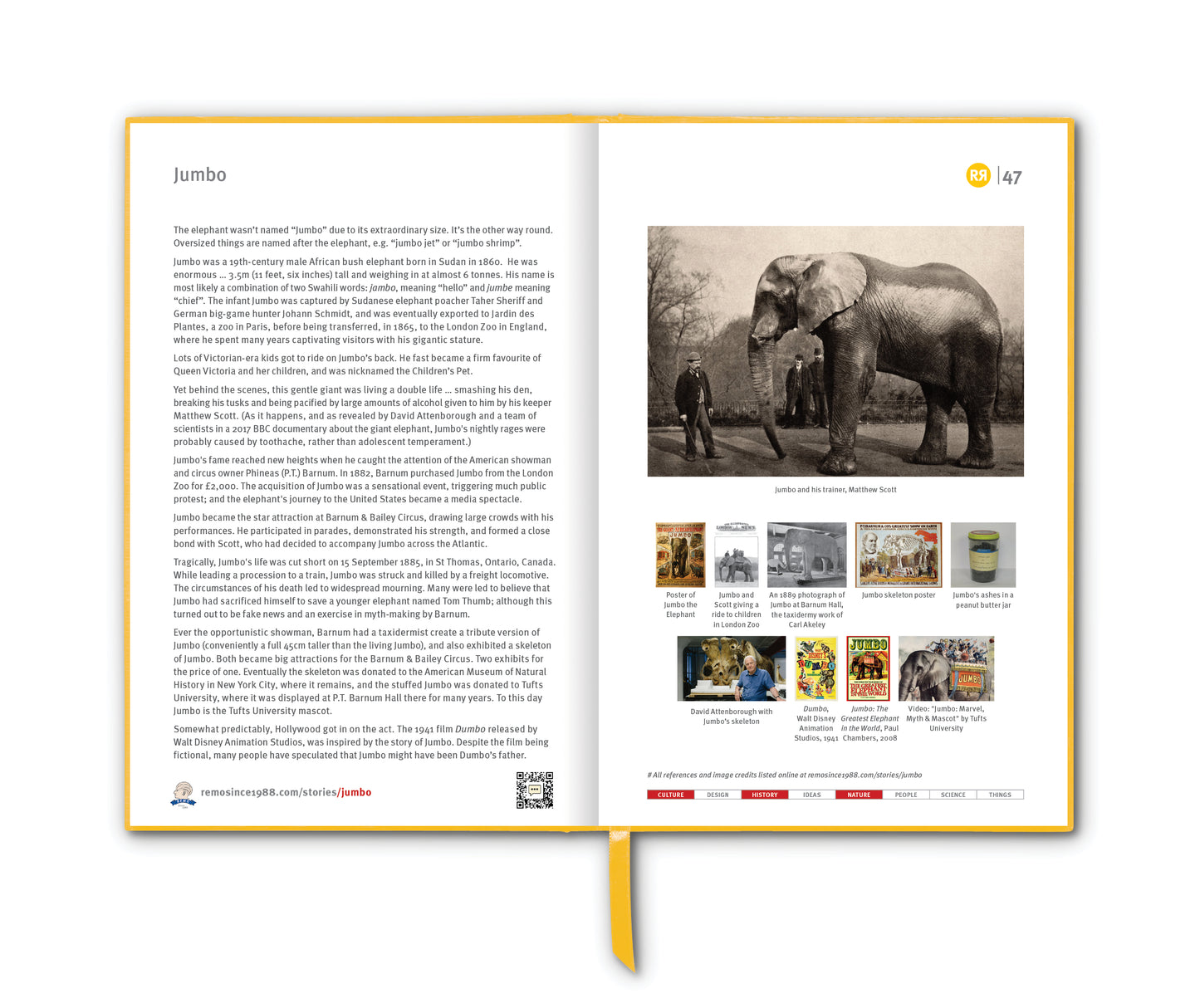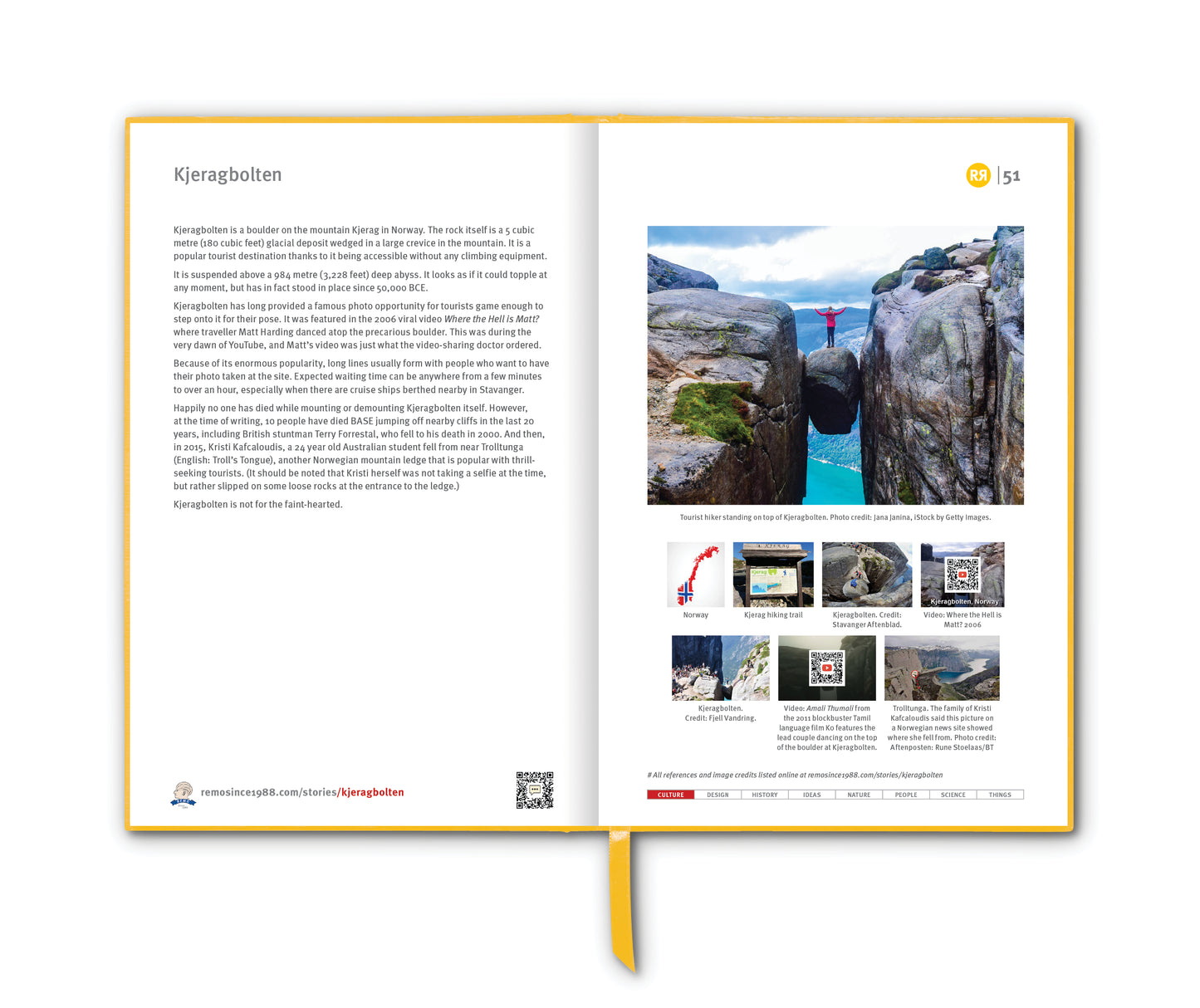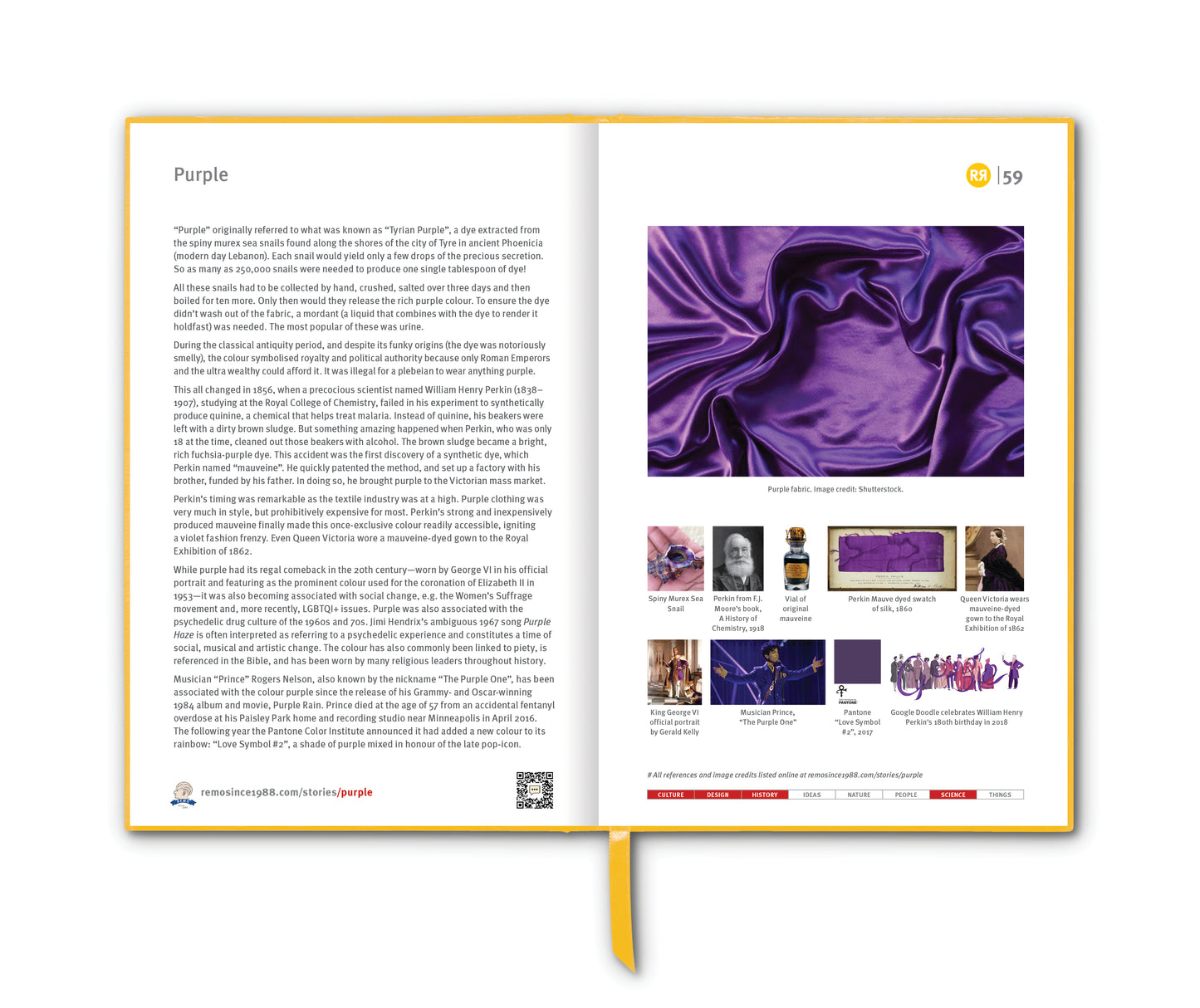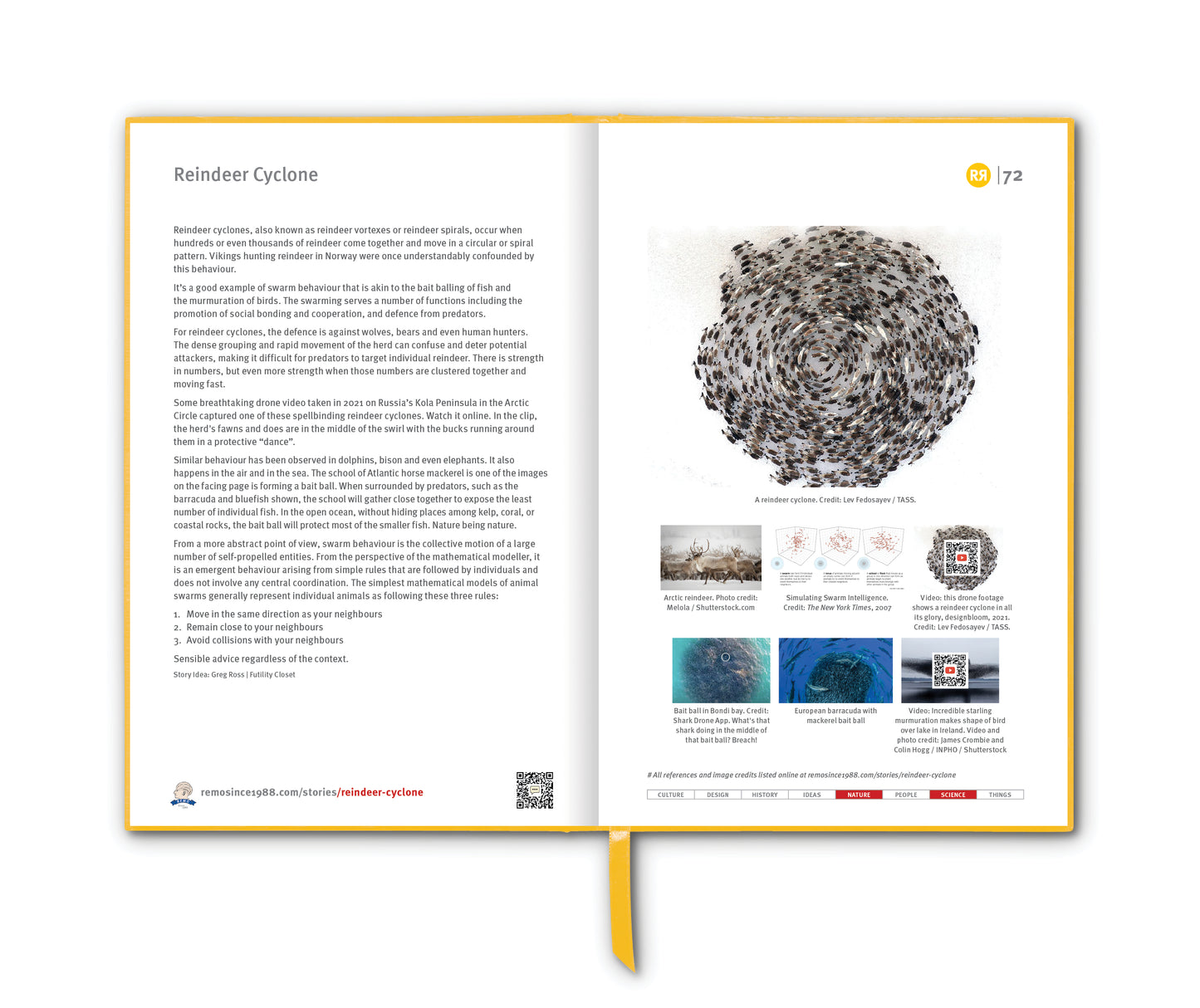So, what’s a skeuomorph? To answer that, Wikipedia is a good place to start:
“A skeuomorph is a derivative object that retains ornamental design cues (attributes) from structures that were necessary in the original. Skeuomorphs are typically used to make something new feel familiar in an effort to speed understanding and acclimation.”
Here are some examples:
- Electric light bulbs that imitate candle flames
- Features in Ancient Greek architecture that are derived from the original functional features of wooden temples
- The shopping cart icon
- The wheel spokes/hubcaps of a car (needed on a wagon, but not on a car)
- The sound of paper crumpling when you throw something into your computer’s bin
- A “floppy disk” symbol that you click to save on computers
- The shutter sound on most phone camera apps
- The notes app icon being represented by a graphic of a notebook
- A plastic Adirondack chair [RR#1: 03].
Automotive design has historically been full of physical skeuomorphisms. In The Design of Everyday Things, usability researcher and academic Don Norman notes that early automobiles were designed after horse-drawn carriages. Indeed, a patented early automobile design by Michigan inventor Uriah Smith called “Horsey Horseless” even included a wooden horse head on the front to try to minimise scaring the real animals. (The sharp eyed may have spotted one on the streets of London in the 2023 film Poor Things.)
In the 1970s, opera windows and vinyl roofs on many luxury sedan cars similarly imitated carriage work from the horse and buggy era. And, more recently, most electric cars feature prominent front grilles, even though there is little need for intake of air to cool an absent internal combustion engine.
An argument in favour of skeuomorphic design in digital devices is that it helps those familiar with the original item to learn to use the digital version thanks to cultural heritage.
Apple Inc., while under the direction of Steve Jobs, was known for its wide usage of skeuomorphic designs in various applications. This changed after Jobs' death when Scott Forstall, described as "the most vocal and high-ranking proponent of the visual design style favoured by Mr. Jobs", resigned.
Apple designer Jonathan Ive, who took over some of Forstall's responsibilities, had "made his distaste for the visual ornamentation in Apple's mobile software known within the company". With the announcement of iOS 7 at WWDC in 2013, Apple officially shifted from skeuomorphism to a more simplified "flat" design, thus beginning the so-called "death of skeuomorphism" at Apple.
Flat design mandated that graphic user interfaces (GUIs) should be freed from clutter. There was no need for bevelled edges, gradients, reflections and skeuomorphism. The digital interface should be exploited for its own strengths. Visual clarity was put at the forefront of design … as Ive explains HERE.
Those that declared the death of skeuomorphism may have been somewhat premature in that declaration. The arrival of the smart watch has signalled a skeuomorphism revival where watch faces are often designed to mimic the analogue watch experience, and indeed the form factor of the watch is itself skeuomorphic. It’s not actually a watch. It’s a computer that you wear on your wrist.
The lesson here? Design trends come and go … and everything, even skeuomorphism, should be taken in moderation.
Story Idea: Elizabeth Jigalin
______________________________
References
wikipedia.org/wiki/Skeuomorph
bbc.com/news/magazine-22840833
interaction-design.org/literature/article/skeuomorphism-is-dead-long-live-skeuomorphism
Images
1. Horsey Horseless patent application
2. Pushbutton telephone with imitation rotary dial. Credit: Holger Ellgaard.
3. Flickering flame light bulb
4. Woodgrain vinyl wallpaper
5. Typical skeuomorphic design: iOS ‘s Calendar app on iPad
6. Instagram icon evolution from skeumorphic to flat
7. Flattening the digital calculator
8. Video: Official iOS 7 Unveiling by Jony Ive at Apple
